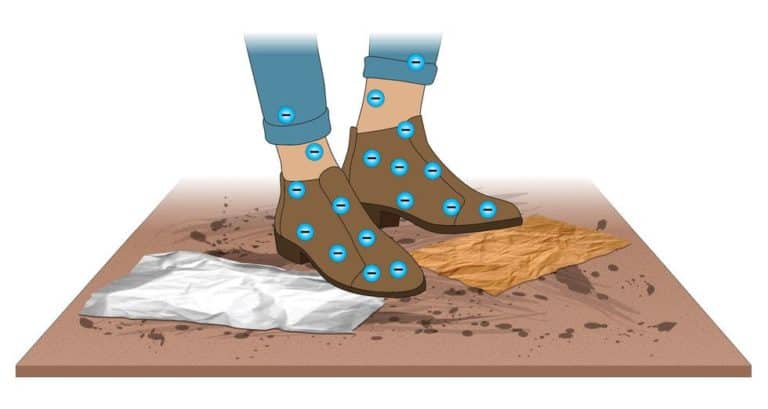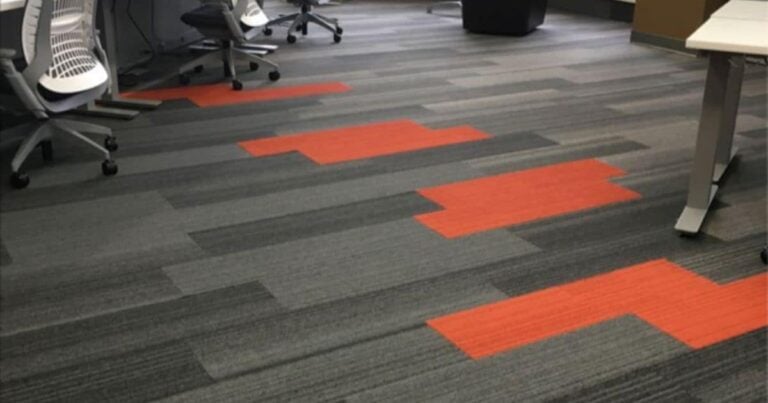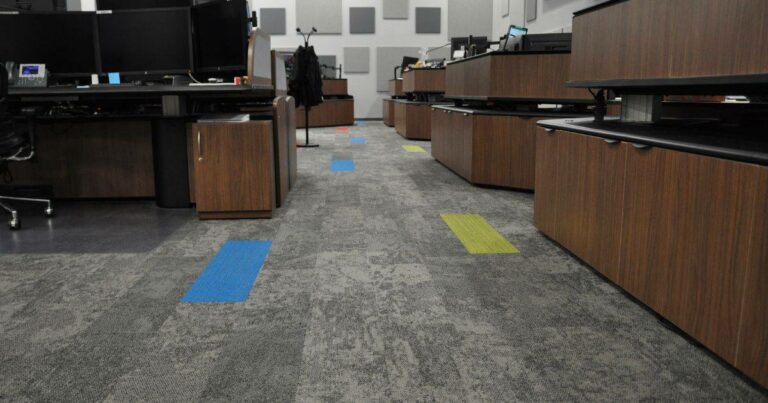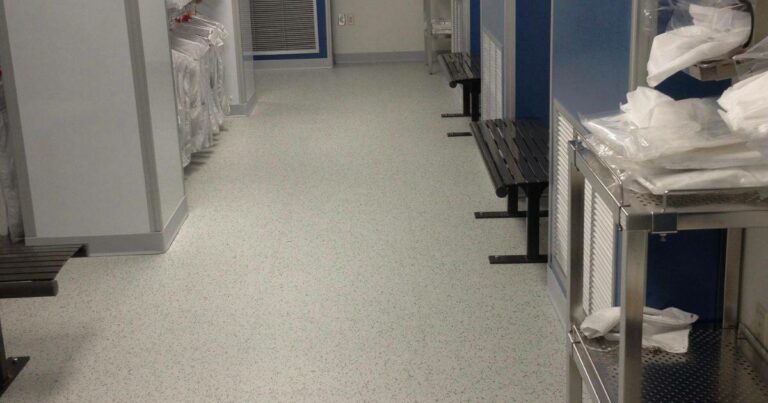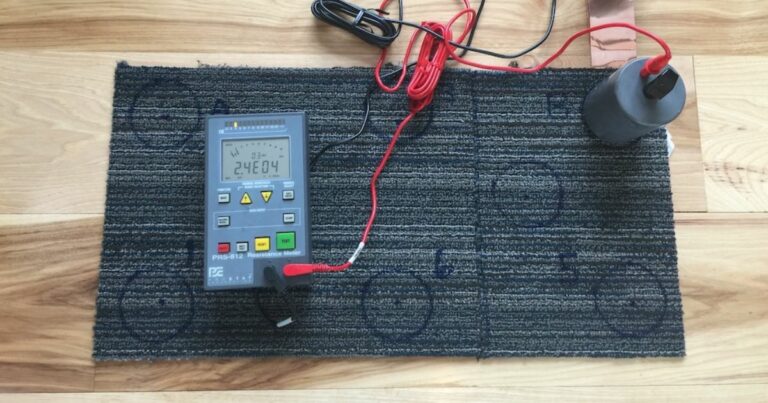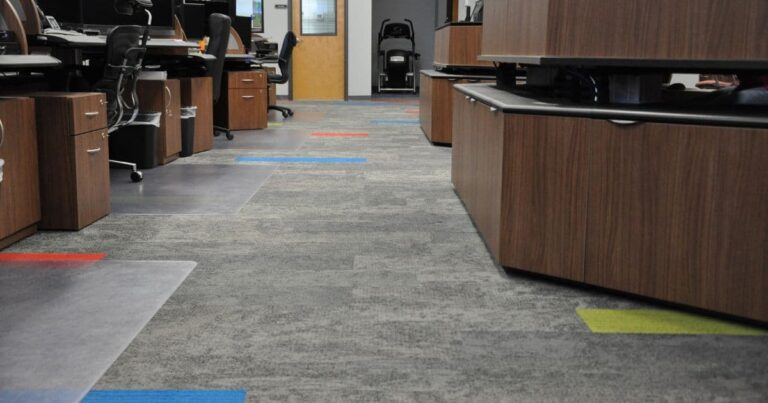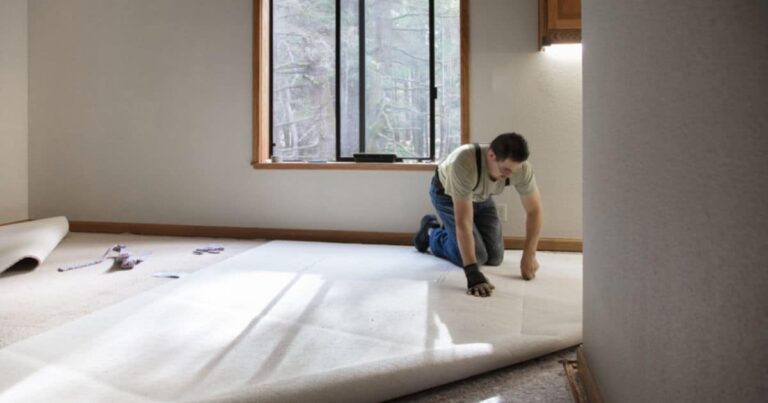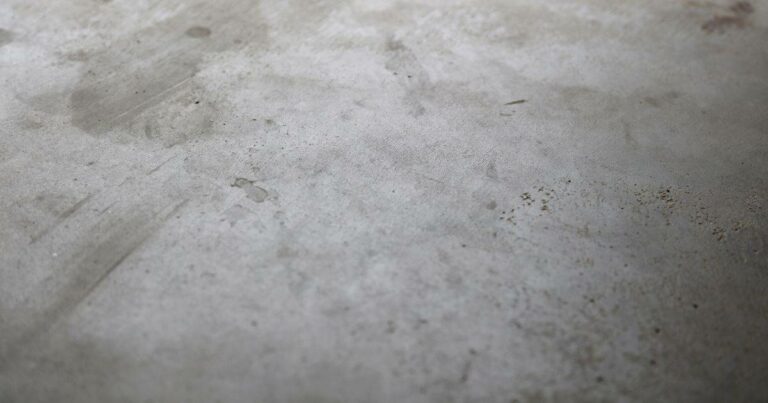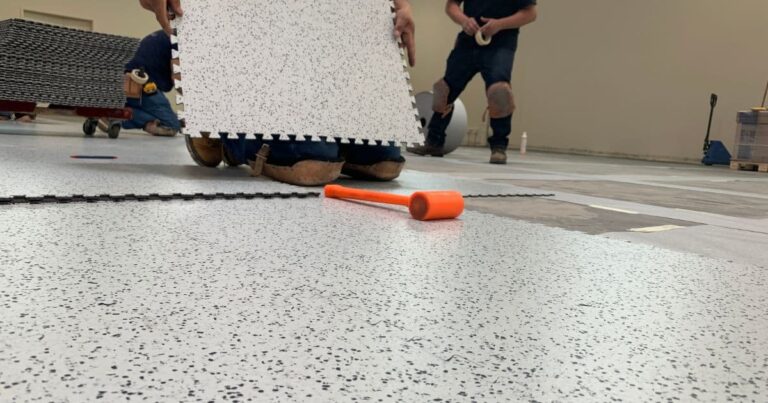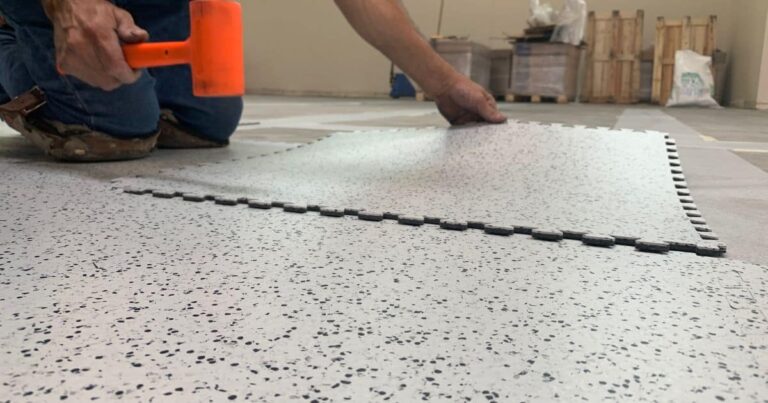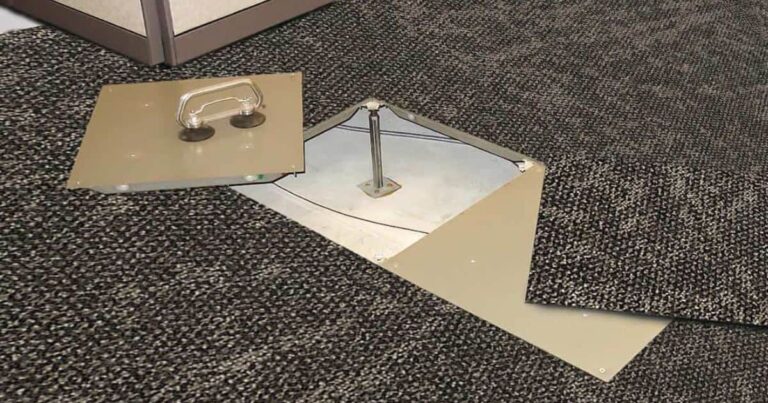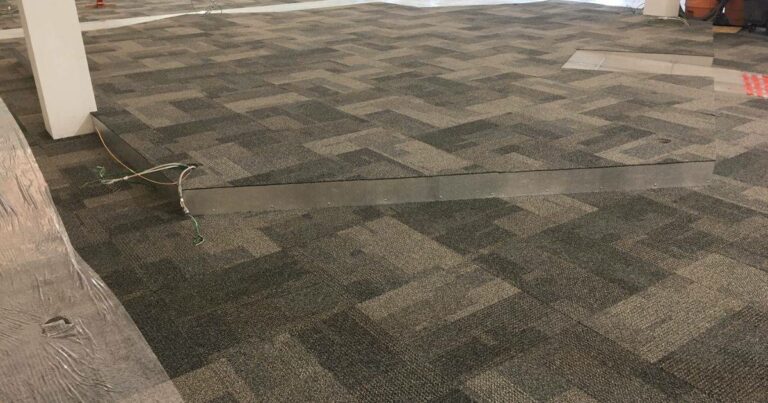FAQ: What do static-dissipative and conductive mean?


Static-dissipative and conductive are terms—expressed in ohms—used to mathematically express a floor’s electrical resistance. Electrical resistance tells us how quickly or slowly the floor will allow static electricity to move from its surface through or across its various layers to ground.
Conductive floors measure less than 1.0 x 10E6 ohms.
Static-dissipative floors measure above 1.0 x 10E6 and less than or equal to 1.0 x 10E9 ohms.
To say a floor should be conductive or should be dissipative is simply incorrect. Conductive (EC) rubber, for instance, outperforms static-dissipative (SD) rubber. SD rubber, which gets its conductivity from a chemical additive, gains electrical resistance as the material dries out; over time—7 years, as cited by one study, SD rubber can actually become insulative.
Conversely, carpet tile in the static-dissipative range may be preferred over some conductive carpet. If the carpet tile is too conductive—or resistance varies from tile to tile, with overly conductive “hot spots”—the floor could pose a safety risk. In fact, the U.S. government and telecommunications industry prohibit the use of conductive floors near electrified equipment.*
* Standards: FAA 019f, Motorola R56, ATIS 0600321
To perform effectively, a static-control floor should be neither too conductive nor too dissipative. Instead, the floor should fall into what we call the “sweet spot”—or within ideal functional range.
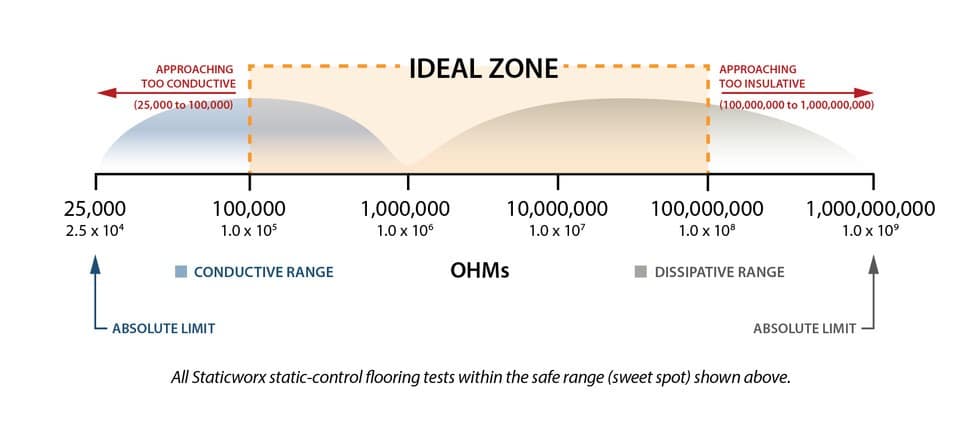
More FAQs
Learning Center Articles
- ESD Basics
- Installation & Maintenance
- Selecting & Specifying an ESD Floor
- Technical Information
- 7 Common Mistakes Selecting an ESD floor
- A Guide to ESD Flooring Selection
- Avoid Costly Failures: What You Need to Know When Specifying ESD Flooring
- Choosing ESD Flooring for:
- ESD Footwear: What Is It and When Is It Necessary?
- ESD Footwear for Electronics Manufacturing and Handling Applications
- Facility Managers’ Guide to Selecting ESD Flooring
- The Need for Due Diligence in Specifying Static-Free Flooring
- Standard of Care for Specifying Floors in Mission-Critical Spaces
- Understanding the Hidden Costs of ESD Flooring

StaticWorx high-performance static-control floors protect electronic components, explosives, and high-speed computers from damage caused by static electricity. ESD flooring is part of a system. Choices should always be based on objective, researched evidence. When you partner with us, we look at all possible items that may need to integrate with the floor, and, focusing on your goals and objectives, help you find the right floor for your application.







